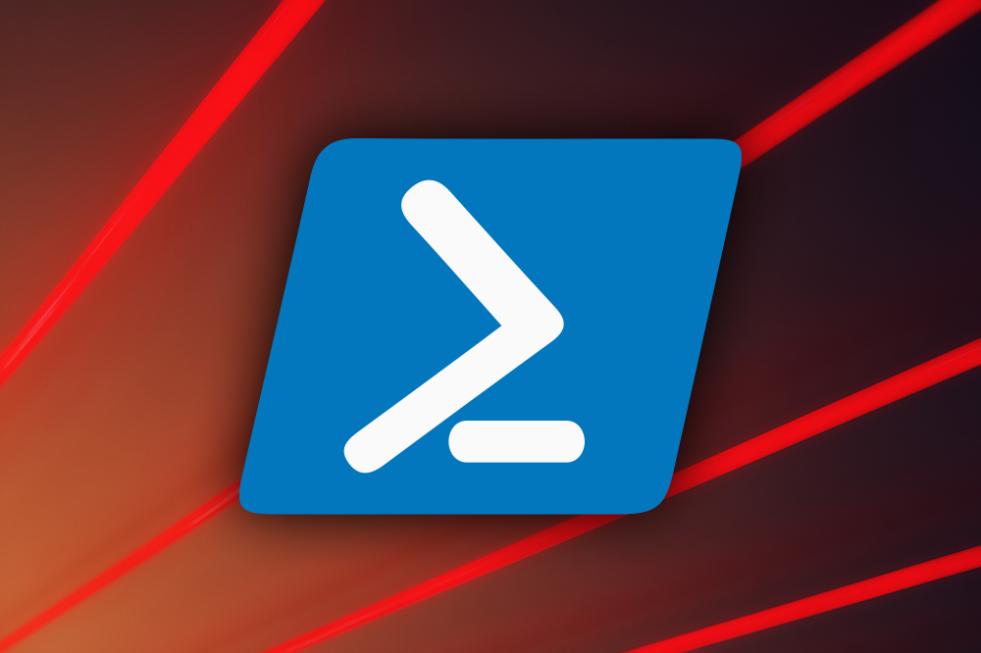How Can I Use Commandline PowerShell to Automate Tasks?
PowerShell is a powerful command-line shell and scripting language developed by Microsoft. It is designed for system administration, configuration management, and task automation. PowerShell provides a wide range of cmdlets (commands) that can be used to perform various tasks, from simple file management to complex system administration tasks.

Benefits Of Using PowerShell For Task Automation
- Increased efficiency: PowerShell allows you to automate repetitive tasks, saving you time and effort.
- Consistency: PowerShell scripts can be used to ensure that tasks are performed in a consistent manner, reducing the risk of errors.
- Reduced human error: By automating tasks, you can eliminate the possibility of human error, which can lead to costly mistakes.
- Improved security: PowerShell can be used to implement security measures and monitor system activity, helping to protect your systems from unauthorized access and attacks.
- Enhanced productivity: PowerShell can help you to streamline your workflow and increase your productivity by automating routine tasks.
Getting Started With PowerShell
To get started with PowerShell, you will need to install it on your system. PowerShell is included with Windows 10 and Windows Server 2016, but it can also be downloaded and installed on older versions of Windows. Once you have installed PowerShell, you can open it by typing "powershell" in the Run dialog box (Windows key + R).
Once you have opened PowerShell, you can start using cmdlets to perform tasks. To get a list of all available cmdlets, type "Get-Command" at the PowerShell prompt. You can also use the online PowerShell documentation to learn more about specific cmdlets.
Automating Tasks With PowerShell
To automate tasks with PowerShell, you can create PowerShell scripts. A PowerShell script is a text file that contains a series of PowerShell commands. When you run a PowerShell script, the commands in the script are executed in sequence.
To create a PowerShell script, open a text editor and type the following code:
$scriptPath = "C:\path\to\script.ps1" $outputPath = "C:\path\to\output.txt" # Get a list of files in the specified directory $files = Get-ChildItem $scriptPath # Write the list of files to the output file Set-Content $outputPath $files
Save the script file with a .ps1 extension. To run the script, open PowerShell and navigate to the directory where the script is saved. Then, type the following command:
.\script.ps1
This will run the script and generate the output file.
Common PowerShell Commands For Task Automation
There are many PowerShell cmdlets that can be used for task automation. Some of the most common cmdlets include:
- Get-ChildItem: Gets a list of files and directories in the specified directory.
- Set-Content: Writes the specified content to a file.
- Copy-Item: Copies files and directories from one location to another.
- Move-Item: Moves files and directories from one location to another.
- Remove-Item: Deletes files and directories.
- New-Item: Creates a new file or directory.
- Get-Process: Gets a list of running processes.
- Start-Process: Starts a new process.
- Stop-Process: Stops a running process.
- Get-Service: Gets a list of services.
- Start-Service: Starts a service.
- Stop-Service: Stops a service.
Advanced PowerShell Techniques
In addition to the basic cmdlets, PowerShell also offers a number of advanced techniques that can be used for task automation. These techniques include:
- Working with modules and snap-ins: Modules and snap-ins are add-ons that can extend the functionality of PowerShell. They can be used to add new cmdlets, providers, and other features.
- Using functions and scripts to organize your code: Functions and scripts can be used to organize your PowerShell code into reusable blocks. This can make your scripts easier to read, maintain, and debug.
- Scheduling PowerShell scripts: PowerShell scripts can be scheduled to run at specific times or intervals. This can be useful for automating tasks that need to be performed on a regular basis.
- Integrating PowerShell with other tools and applications: PowerShell can be integrated with other tools and applications, such as Active Directory, Exchange Server, and SQL Server. This allows you to use PowerShell to manage these systems and applications.
Best Practices For PowerShell Automation
When writing PowerShell scripts for task automation, it is important to follow best practices to ensure that your scripts are efficient, maintainable, and secure. Some of the best practices include:
- Write efficient and maintainable scripts: Use clear and concise code, and avoid unnecessary complexity.
- Test and debug your scripts: Test your scripts thoroughly before deploying them in a production environment.
- Document your scripts for future reference: Add comments to your scripts to explain what they do and how they work.
- Use security best practices: Use strong passwords and encryption to protect sensitive data, and avoid running scripts with elevated privileges unless necessary.
PowerShell is a powerful tool that can be used to automate a wide range of tasks. By following best practices and using the techniques described in this article, you can create PowerShell scripts that are efficient, maintainable, and secure.
To learn more about PowerShell, you can visit the Microsoft PowerShell website or read the PowerShell documentation.
YesNo

Leave a Reply